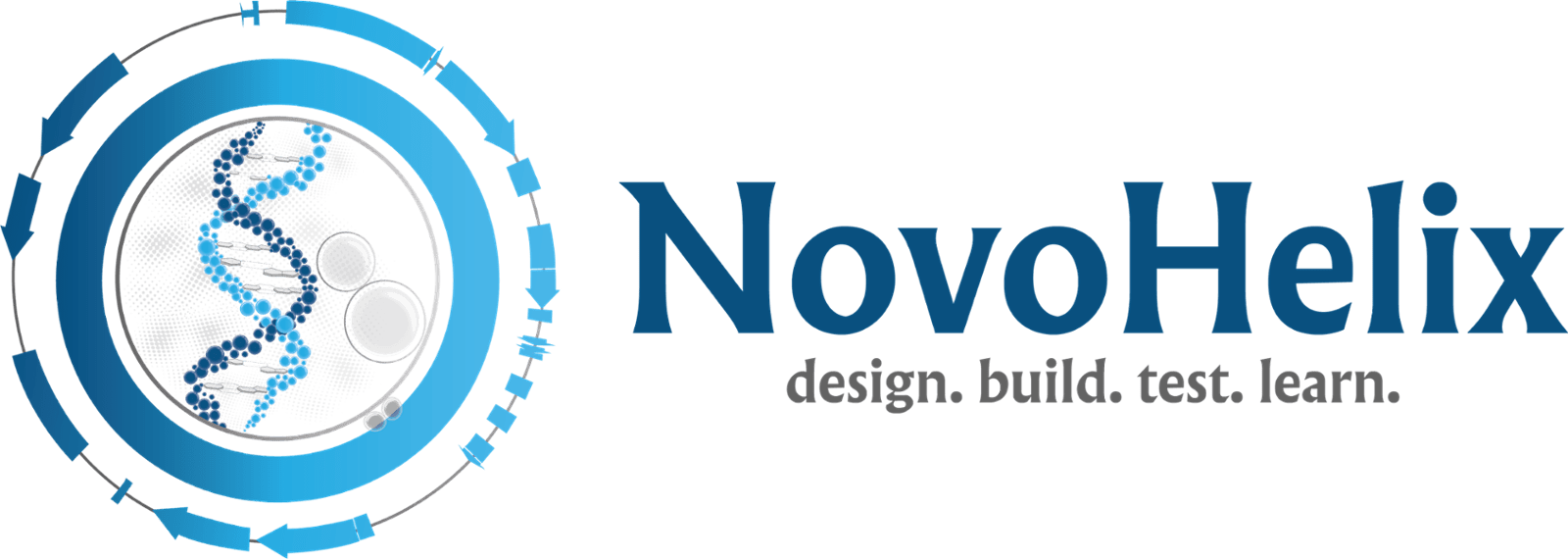Stem-Molecule — CHIR99021
Product
Catalog Nr
Size
Concentration
Pricing
CHIR99021
D2447B
bulk
Want to try this product? Request a sample of CHIR99021.
Product Information
Product Literature & Protocol
FAQs & Troubleshooting
References
Supporting Documents
Product Information
Applications:
- 2i or 3i mouse embryonic stem cell culture
- Media component of extended pluripotent stem (EPS) culture for mouse, human and pig
- Generation of chemically reprogrammed mouse induced pluripotent stem cells
- Derivation of nascent ES cell lines from epiblast/ICM from difficult and non-permissive mouse strains
- Component of naïve human pluripotent stem cell media including t2iLGöY media
Source:
This product is manufactured in the USA using chemically-defined components and, therefore, does not contain manufacturing components such as serum or animal-derived raw materials.
Purity:
>99 % free base. FTIR (Fourier Transform Infrared Spectroscopy) analysis was used to compare peaks in infrared spectrum with those of a known standard to determine trace impurities.
Technical Information:
| Molecular Weight | 465.34 g/mol |
| Solubility |
|
| CAS Number | 252917-06-9 |
| PubChem ID | 9956119 |
| Formal Name | 6-[[2-[[4-(2,4-dichlorophenyl)-5-(5-methyl-1H-imidazol-2-yl)-2-pyrimidinyl]amino]ethyl]amino]-3-pyridinecarbonitrile |
| Formula | C22H18Cl2N8 |
| λmax | 279 nm |
| SMILES | N#CC(C=N1)=CC=C1NCCNC2=NC=C(C3=NC(C)=CN3)C(C4=CC=C(Cl)C=C4Cl)=N2 |
| InChi Code | InChI=1S/C22H18Cl2N8/c1-13-10-29-21(31-13)17-12-30-22(32-20(17)16-4-3-15(23)8-18(16)24)27-7-6-26-19-5-2-14(9-25)11-28-19/h2-5,8,10-12H,6-7H2,1H3,(H,26,28)(H,29,31)(H,27,30,32) |
Storage/Stability:
Stock solutions of CHIR99021 in its concentrated form can be stored at least 6 months at -20°C and at least 12 months at -80°C from the date of manufacture with no loss of activity. For long term storage, avoid repeated freeze-thaw cycles by aliquoting. Multiple freeze-thaw cycles reduce potency and, therefore, aliquoting working stocks is strongly recommended.
Appearance:
A sterile, aqueous, clear and colorless solution.
Formulation:
CHIR99021 is supplied at 25 mM in the excipient DMSO. The reconstituted solution has been filter sterilized by passing through a 0.22 micron PES membrane and tested to be negative for mycoplasma contamination.
Disclaimer & Precautions:
This product is solely for research and development use only and may be subject to conditional use and licensing restrictions. The product shall not be used as an advanced pharmaceutical intermediate (API) or investigational drug or a biologic. This product is not intended to be used as a therapeutic agent or facilitate clinical diagnosis or be used as an in vitro diagnostic (IVD) product.
The Food and Drug Administration (FDA) and Center for Biologics Evaluation and Research (CBER) define an IVD as:
“In vitro diagnostic products are those reagents, instruments, and systems intended for use in the diagnosis of disease or other conditions, including a determination of the state of health, in order to cure, mitigate, treat, or prevent disease or its sequelae. Such products are intended for use in the collection, preparation, and examination of specimens taken from the human body. These products are devices as defined in section 201(h)of the Federal Food, Drug, and Cosmetic Act (the act), and may also be biological products subject to section 351 of the Public Health Service Act. Title 21, Code of Federal Regulations (CFR), section 809.3(a).”
This product shall not be used or formulated in any agricultural, pesticidal, veterinary or animal products, food additives or household chemicals or any other unspecified use. Please consult the Safety Data Sheet for information regarding hazards and safe handling practices. NovoHelix distributes products for basic and translational research use only. NovoHelix will report any unspecified use to respective regulatory authorities for enforcement to ensure safeguarding of our research products from potential abuse.
Notice to purchaser:
The purchase price of this product includes a limited, non-transferable license under U.S. and foreign patents or applications owned by NovoHelix to use this product. No other license under these patents or applications is conveyed expressly or by implication by purchase of this product.
Product Literature & Protocol
- HiFi DNA Assembly Protocol
Recommended Amount of Fragments Used for Assembly
| 2–3 Fragment Assembly* | 4–6 Fragment Assembly** | Positive Control✝ | |
| Recommended DNA Molar Ratio | vector:insert = 1:2 | vector:insert = 1:1 | |
| Total Amount of Fragments | 0.03–0.2 pmols* X μl | 0.2–0.5 pmols** X μl | 10 μl |
NovoHelix HiFi DNA Assembly Master Mix | 10 μl | 10 μl | 10 μl |
| Deionized H2O | 10-X μl | 10-X μl | 0 |
| Total Volume | 20 μl✝✝ | 20 μl✝✝ | 20 μl |
* Optimized cloning efficiency is 50–100 ng of vector with 2-fold excess of inserts.
Use 5 times more insert if size is less than 200 bp. Total volume of unpurified PCR fragments in the assembly reaction should not exceed 20%.
**To achieve optimal assembly efficiency, design ≥ 20 bp overlap regions between each fragment with equimolarity (suggested: 0.05 pmol each).
† Control reagents are provided for 5 experiments.
†† If greater numbers of fragments are assembled, increase the volume of the reaction linearly by using additional NovoHelix HiFi DNA Assembly Master Mix. Alternatively, pool the DNA fragments into an equimolar mix first and then re-purify these pooled equimolar fragments over a micro-column and elute with a minimum volume (~10-µl). The eluate may be reapplied to the same micro-column membrane to improve elution of large DNA fragments without increasing the final volume..
Recommended Storage Condition:
This assembly mixture can be stored at -20 °C for at least one year. The enzymes remain active following at least 10 freeze-thaw cycles.
FAQs & Troubleshooting
References
Takahashi K, Tanabe K, Ohnuki M, Narita M, Ichisaka T, Tomoda K, Yamanaka S. Induction of pluripotent stem cells from adult human fibroblasts by defined factors. Cell. 2007 Nov 30;131(5):861-72. PubMed PMID: 18035408.
Marinho PA, Chailangkarn T, Muotri AR. Systematic optimization of human pluripotent stem cells media using Design of Experiments. Sci Rep. 2015 May 5;5:9834. doi: 10.1038/srep09834. PubMed PMID: 25940691; PubMed Central PMCID: PMC4419516.
Kuo HH, Gao X, DeKeyser JM, Fetterman KA, Pinheiro EA, Weddle CJ, Fonoudi H, Orman MV, Romero-Tejeda M, Jouni M, Blancard M, Magdy T, Epting CL, George AL Jr, Burridge PW. Negligible-Cost and Weekend-Free Chemically Defined Human iPSC Culture. Stem Cell Reports. 2020 Jan 9. pii: S2213-6711(19)30446-1. doi: 10.1016/j.stemcr.2019.12.007. [Epub ahead of print] PubMed PMID: 31928950.
Ludwig TE, Bergendahl V, Levenstein ME, Yu J, Probasco MD, Thomson JA. Feeder-independent culture of human embryonic stem cells. Nat Methods. 2006 Aug;3(8):637-46. Erratum in: Nat Methods. 2006 Oct;3(10):867. PubMed PMID: 16862139.
Ludwig T, A Thomson J. Defined, feeder-independent medium for human embryonic stem cell culture. Curr Protoc Stem Cell Biol. 2007 Sep;Chapter 1:Unit 1C.2. doi: 10.1002/9780470151808.sc01c02s2. PubMed PMID: 18785163.
Chen G, Gulbranson DR, Hou Z, Bolin JM, Ruotti V, Probasco MD, Smuga-Otto K, Howden SE, Diol NR, Propson NE, Wagner R, Lee GO, Antosiewicz-Bourget J, Teng JM, Thomson JA. Chemically defined conditions for human iPSC derivation and culture. Nat Methods. 2011 May;8(5):424-9. doi: 10.1038/nmeth.1593. Epub 2011 Apr 10. PubMed PMID: 21478862; PubMed Central PMCID: PMC3084903.
International Stem Cell Initiative Consortium, Akopian V, Andrews PW, Beil S, Benvenisty N, Brehm J, Christie M, Ford A, Fox V, Gokhale PJ, Healy L, Holm F, Hovatta O, Knowles BB, Ludwig TE, McKay RD, Miyazaki T, Nakatsuji N, Oh SK, Pera MF, Rossant J, Stacey GN, Suemori H. Comparison of defined culture systems for feeder cell free propagation of human embryonic stem cells. In Vitro Cell Dev Biol Anim. 2010 Apr;46(3-4):247-58. doi: 10.1007/s11626-010-9297-z. Epub 2010 Feb 26. PubMed PMID: 20186512; PubMed Central PMCID: PMC2855804.
Yasuda SY, Ikeda T, Shahsavarani H, Yoshida N, Nayer B, Hino M, Vartak-Sharma N, Suemori H, Hasegawa K. Chemically defined and growth-factor-free culture system for the expansion and derivation of human pluripotent stem cells. Nat Biomed Eng. 2018 Mar;2(3):173-182. doi: 10.1038/s41551-018-0200-7. Epub 2018 Mar 5. PubMed PMID: 31015717.
Zhou M, Shi W, Yu F, Zhang Y, Yu B, Tang J, Yang Y, Huang Y, Xiang Q, Zhang Q, Yao Z, Su Z. Pilot-scale expression, purification, and bioactivity of recombinant human TGF-β(3) from Escherichia coli. Eur J Pharm Sci. 2019 Jan 15;127:225-232. doi: 10.1016/j.ejps.2018.11.009. Epub 2018 Nov 10. PubMed PMID: 30423434.
Luo Z, Jiang L, Xu Y, Li H, Xu W, Wu S, Wang Y, Tang Z, Lv Y, Yang L. Mechano growth factor (MGF) and transforming growth factor (TGF)-β3 functionalized silk scaffolds enhance articular hyaline cartilage regeneration in rabbit model. Biomaterials. 2015 Jun;52:463-75. doi: 10.1016/j.biomaterials.2015.01.001. Epub 2015 Mar 18. PubMed PMID: 25818452.
Supporting Documents

